https://ebookmass.com/product/a-chinese-tibetanbilingual-dictionary-1st-edition-et-al-ed-editinggroup-of-tibetan-peoples-publishing-house/ Download more ebook from

More products digital (pdf, epub, mobi) instant download maybe you interests ...
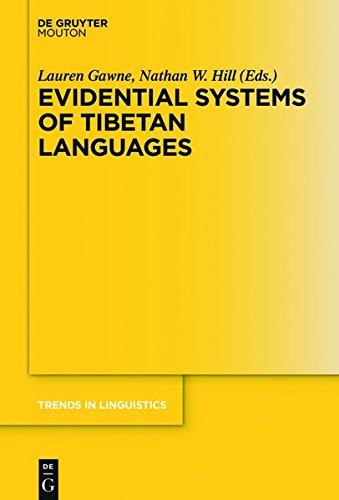
Evidential Systems of Tibetan Languages Lauren Gawne
https://ebookmass.com/product/evidential-systems-of-tibetanlanguages-lauren-gawne/

Evidential Systems of Tibetan Languages Lauren Gawne (Editor)
https://ebookmass.com/product/evidential-systems-of-tibetanlanguages-lauren-gawne-editor/

Tibetan Buddhist Philosophy of Mind and Nature Douglas S. Duckworth
https://ebookmass.com/product/tibetan-buddhist-philosophy-ofmind-and-nature-douglas-s-duckworth/
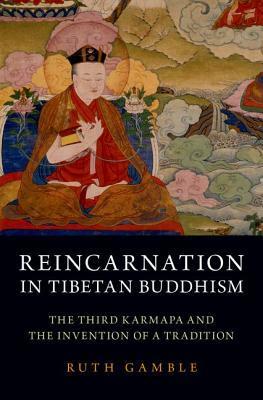
Reincarnation in Tibetan Buddhism: The Third Karmapa and the Invention of a Tradition Ruth Gamble
https://ebookmass.com/product/reincarnation-in-tibetan-buddhismthe-third-karmapa-and-the-invention-of-a-tradition-ruth-gamble/

Knowing Illusion: Bringing a Tibetan Debate into Contemporary Discourse: Volume II: Translations The Yakherds
https://ebookmass.com/product/knowing-illusion-bringing-atibetan-debate-into-contemporary-discourse-volume-iitranslations-the-yakherds/

Writing Your Journal Article in Twelve Weeks, Second Edition: A Guide to Academic Publishing Success (Chicago Guides to Writing, Editing, and Publishing)
https://ebookmass.com/product/writing-your-journal-article-intwelve-weeks-second-edition-a-guide-to-academic-publishingsuccess-chicago-guides-to-writing-editing-and-publishing/

The Skunk, the Tibetan Fox and Their Wolf Omega (Omegas of Animals: SD Book 6) Lorelei M. Hart & Wendy Rathbone
https://ebookmass.com/product/the-skunk-the-tibetan-fox-andtheir-wolf-omega-omegas-of-animals-sd-book-6-lorelei-m-hartwendy-rathbone/

The Study of Bilingual Language Processing Nan Jiang
https://ebookmass.com/product/the-study-of-bilingual-languageprocessing-nan-jiang/

A Dictionary of Law Jonathan Law
https://ebookmass.com/product/a-dictionary-of-law-jonathan-law/
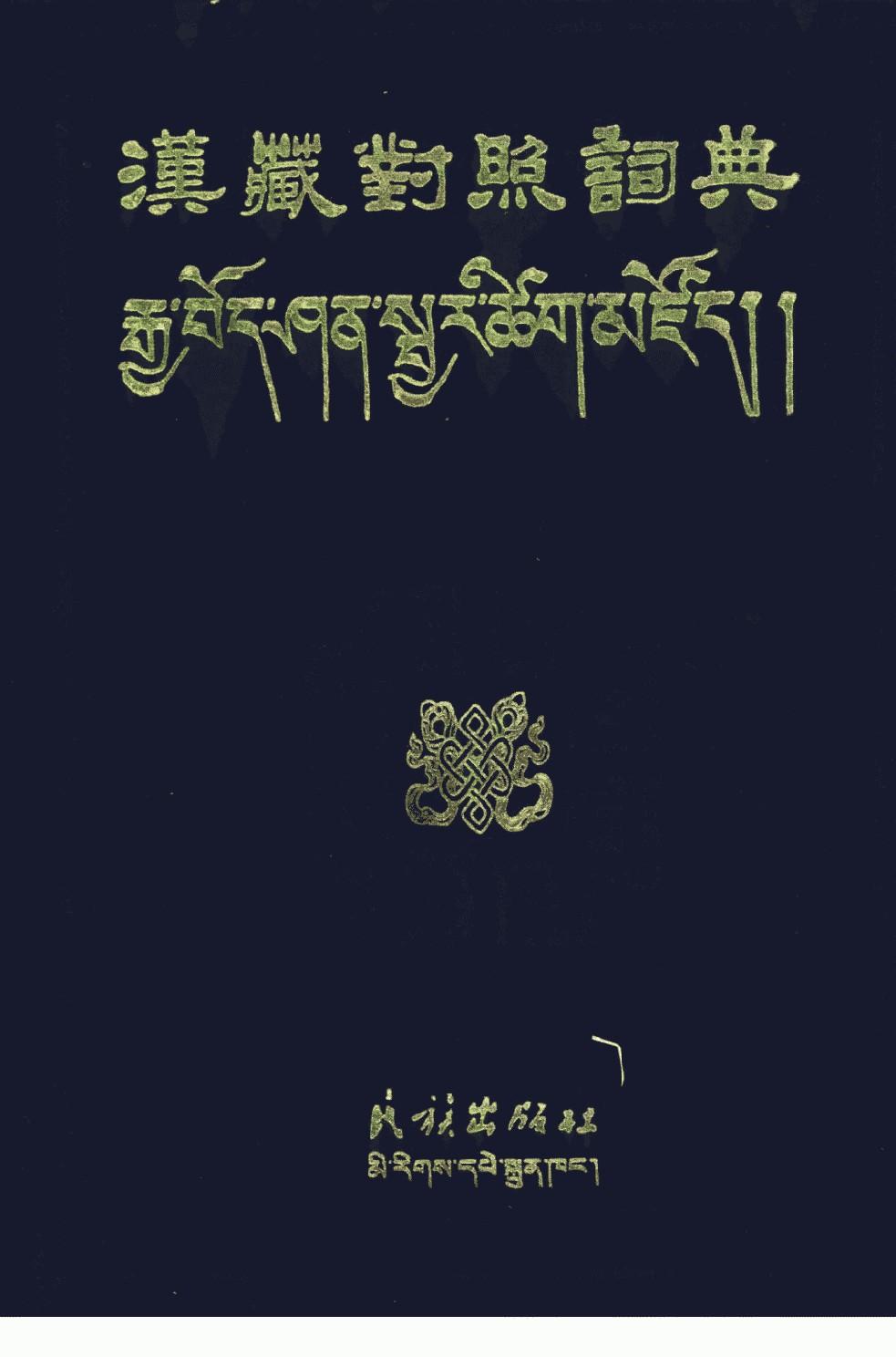

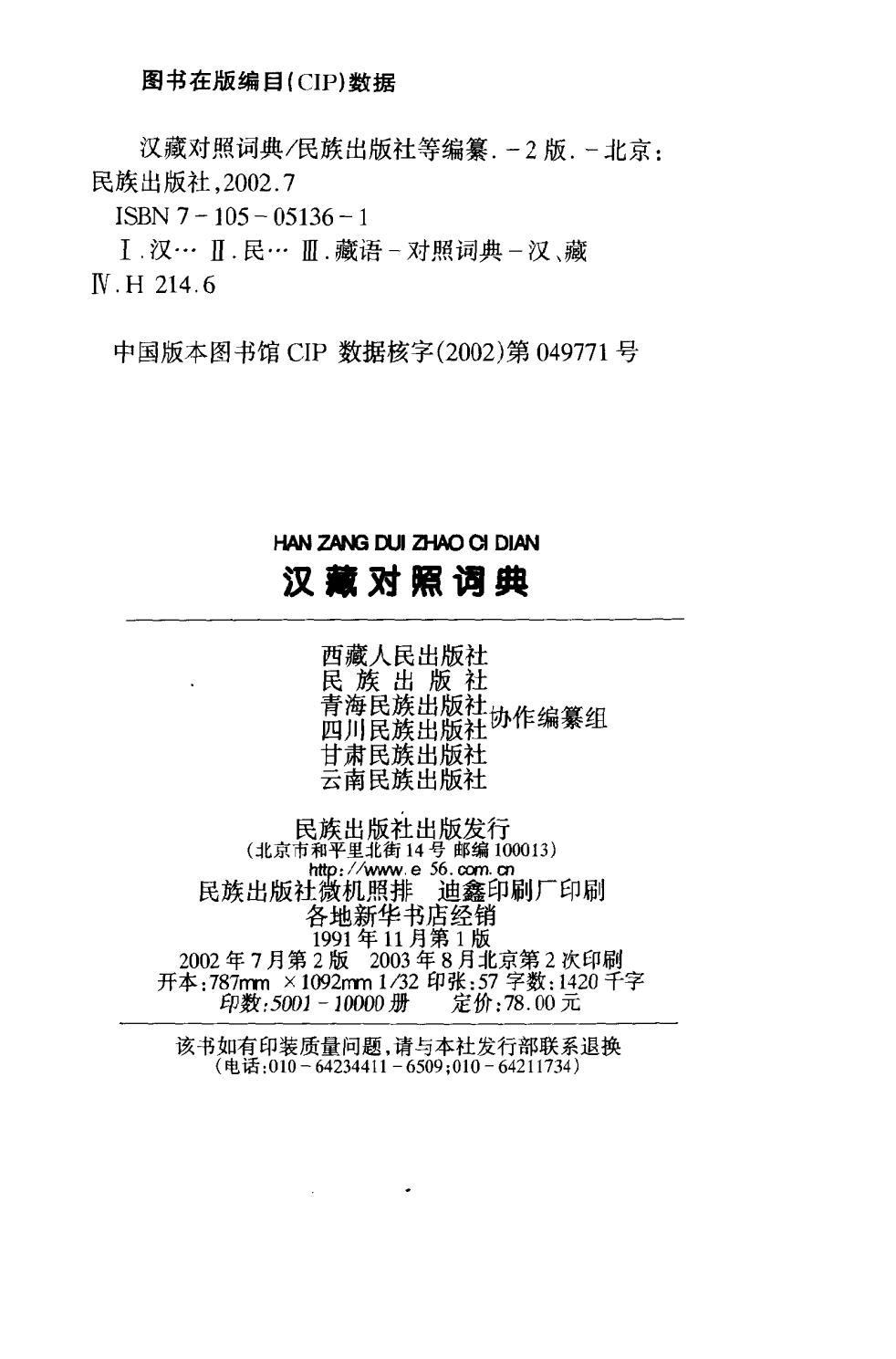

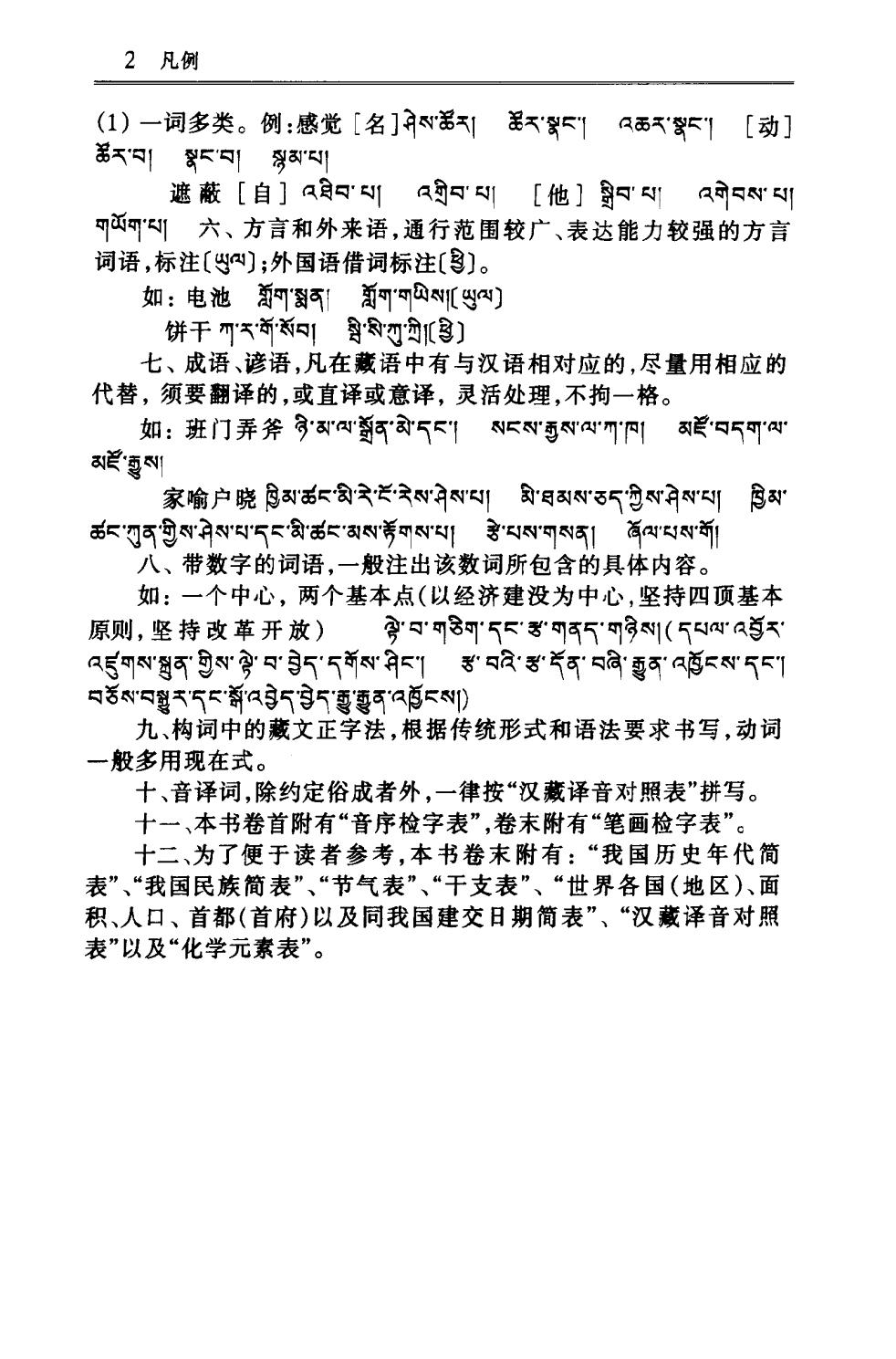

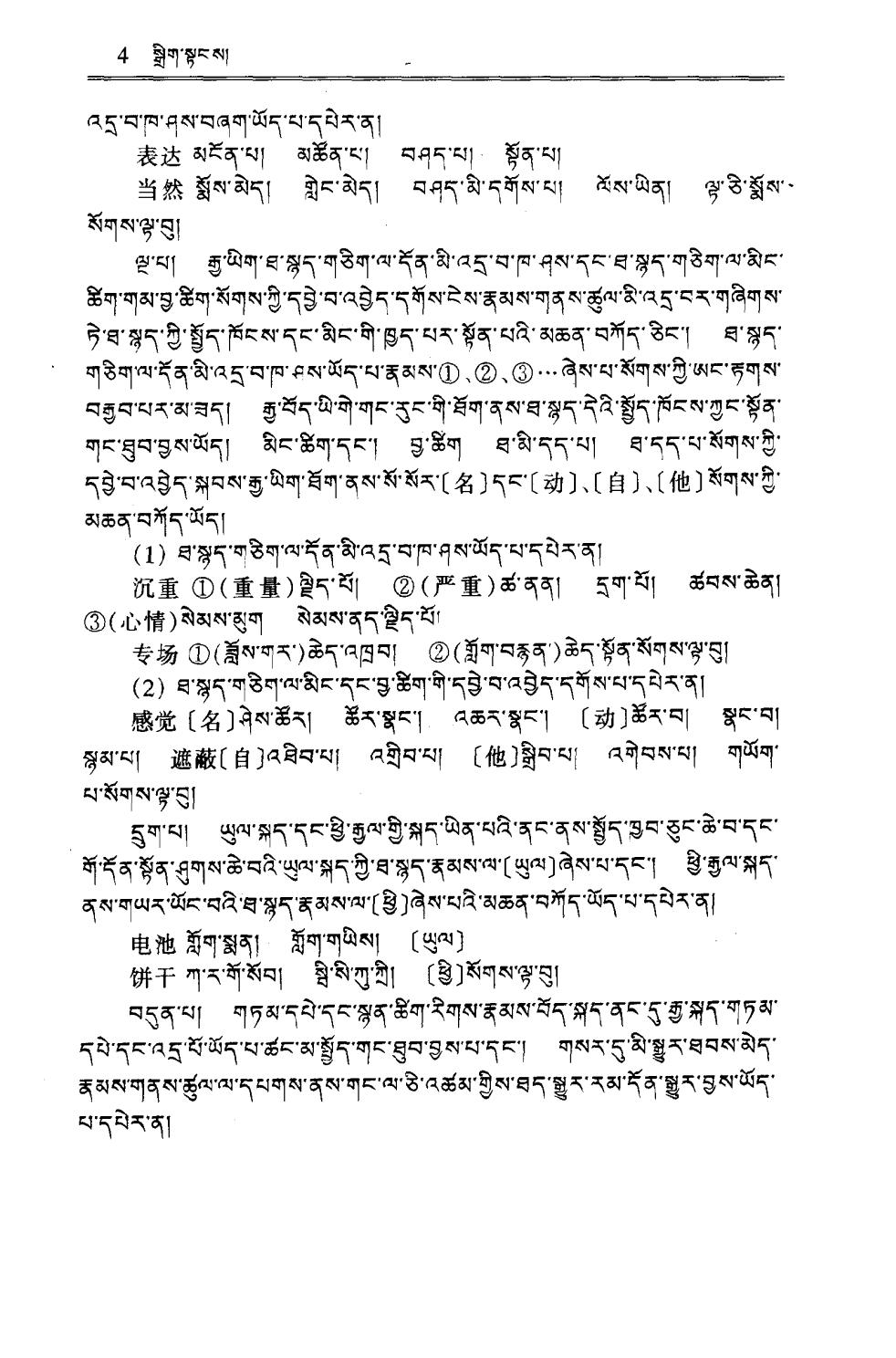

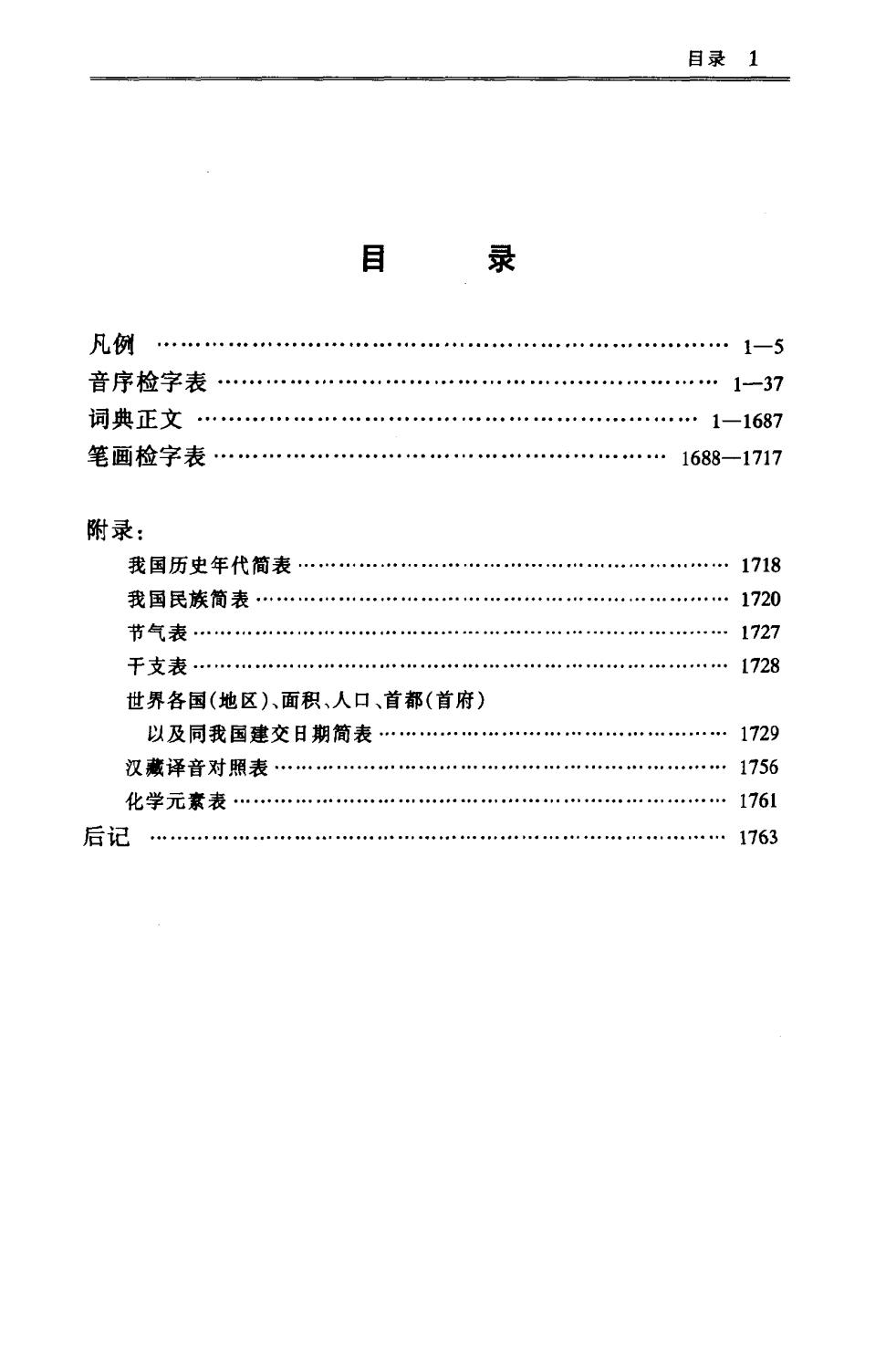
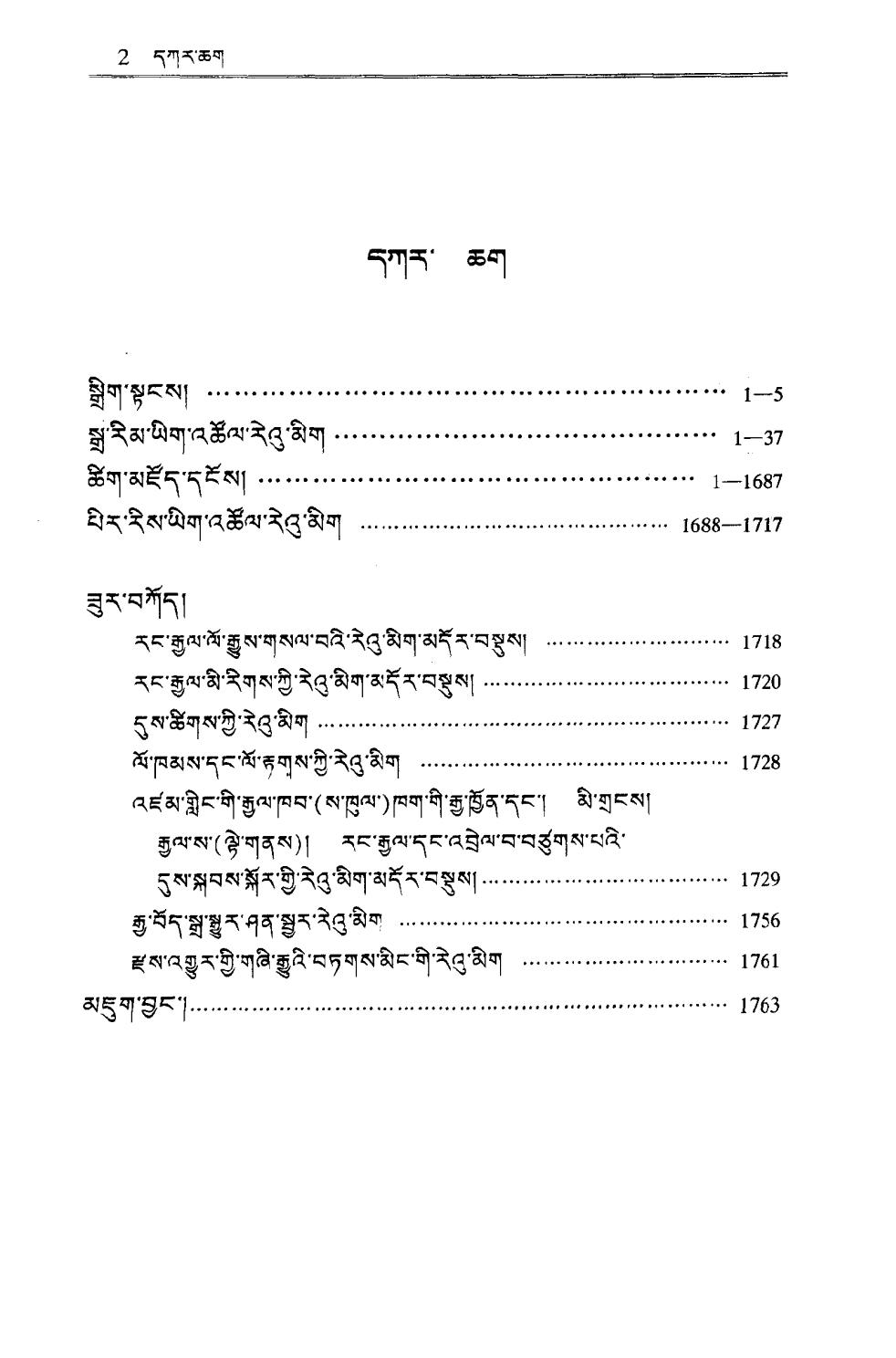


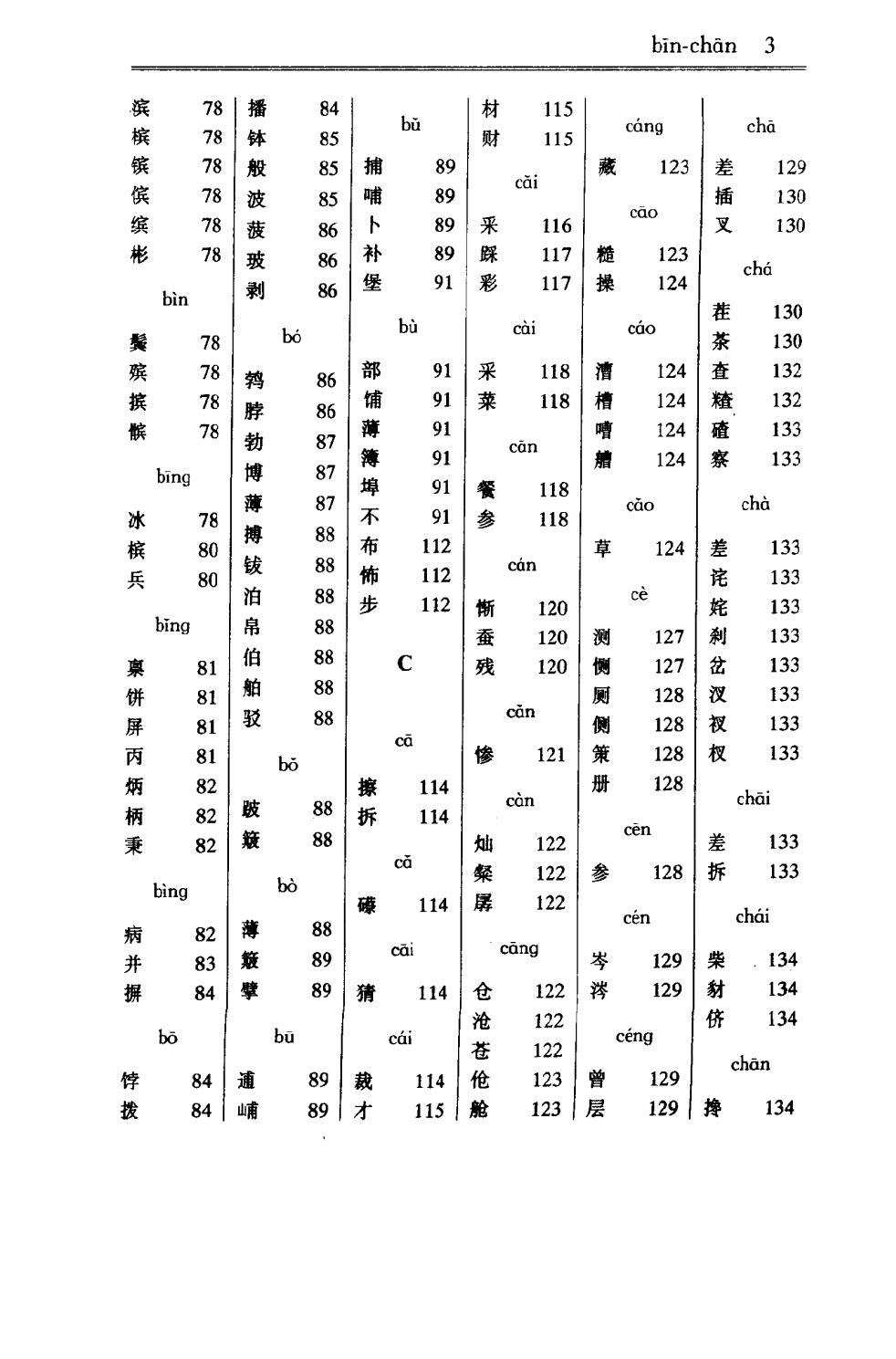

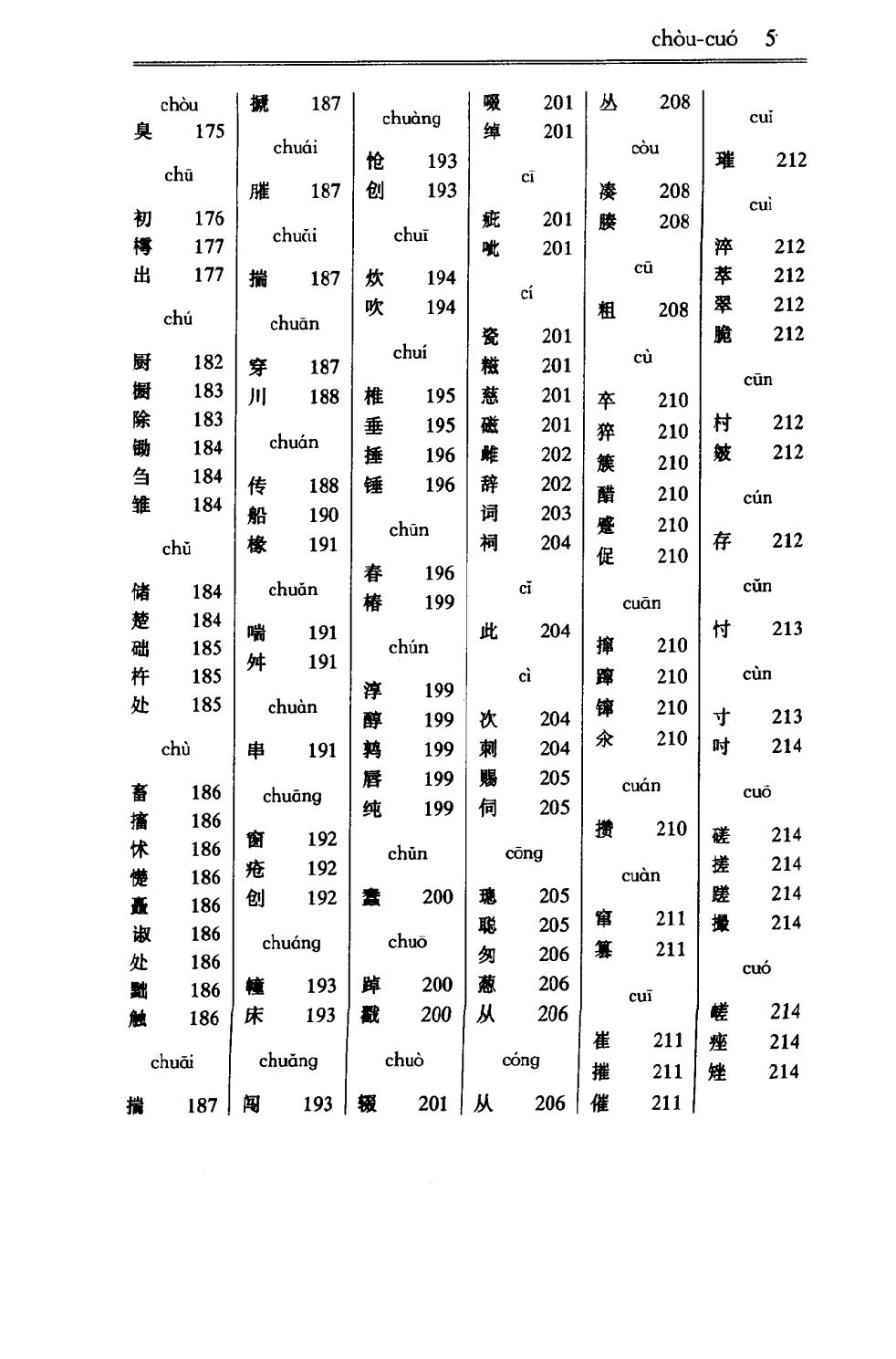
Another random document with no related content on Scribd:
The clauses which permitted the increased employment of women included the following provisions: Each union was recommended “to take into favorable consideration such changes in working conditions or trade customs as may be necessary with a view to accelerating the output of war munitions or equipments,” provided the government imposed on contractors for munitions, war equipment, or “other work required for the satisfactory completion of the war,” certain conditions intended to safeguard the unions and their wage rates. All changes were to be only for the war period, and should “not prejudice the position of the work people ... or of their trade unions in regard to resuming prewar rules or customs after the war.” After the war also preference of employment should be given workers who had enlisted or who were employed at the time the agreement was made. When semi-skilled men were introduced on work formerly done by skilled men, “the rates paid shall be the usual rates of the district for that class of work.” Moreover, “the relaxation of existing demarcation restrictions or admission of semi-skilled or female labor shall not affect adversely the rates customarily paid for the job.” A record of all changes was required to be kept, open to government inspection, and “due notice” of intended changes was to be given “where practicable,” with opportunity for consultation by the workers or their representatives, if desired.
However, an agreement of this kind to which the Amalgamated Society of Engineers had refused assent was not a little like the play of Hamlet with Hamlet left out. Further negotiations were immediately held with the A. S. E., and on March 25, when certain additional safeguards had been added, they likewise accepted the agreement. The additions pledged the government to limit profits in the shops where union rules had been given up “with a view to securing that benefit resulting ... shall accrue to the State,” and to use its influence in the restoration of trade union conditions after the war. The restrictions were to be removed solely on work “for war purposes,” and the workers might demand a certificate to that effect from the government department concerned. Most important of these additions in view of the sweeping changes taking place in the
engineering industry was the clause to the effect that where new inventions were introduced during the war, the class of workmen to be employed on them after the war “should be determined according to the practice prevailing before the war in the case of the class of work most nearly analogous.”
In accordance with the terms of the agreement an advisory committee of labor representatives was appointed, to help in carrying out its recommendations, and several local “munitions committees” representing employers, employes and the public were formed for the same purpose.
But it is claimed of the “Treasury Agreement” that “except in so far as it prepared the mind of the worker for later compulsion, the agreement completely failed to achieve its purpose. The main cause of this failure was a feeling on the part of the men that they were being called upon to surrender what they regarded as their heritage, without the employers being called upon to make any corresponding sacrifice.”[59]
At any rate, the agreement was tried but little more than three months before it was superseded by legislation. A coalition ministry which the Labour party entered was formed in May. The shortage of munitions, which hindered the spring advance and which had been brought forcibly to general attention through the loss of life in the battle of Neuve Chapelle, was one of the chief causes for the fall of the Liberal party. In June a “Ministry of Munitions” was created, and Lloyd George was made minister.
The Munitions Acts
The first munitions of war act was passed July 2, 1915.[60] Its purpose as expressed in its title was “to make provision for furthering the efficient manufacture, transport and supply of munitions for the present war.” It was drafted with the active cooperation of the Labour Advisory Committee, and was approved
before passage by the majority of a conference of representatives of unions in the munitions industry. The radicals claim that the bill was passed primarily not so much to give a legal sanction to “dilution” as to prohibit strikes and to minimize the leaving of munitions work by individuals.[61]
As amended in January, 1916, the possible scope of the act was wide. It might cover, to name the principal items, any articles “intended or adapted for use in war,” any metals, machines, tools or materials required for their manufacture or repair, any construction or repair of buildings for military purposes, and even the erection of houses intended for munition workers, and the supply of heat, light, water, power and tramway facilities for munitions work. A commentator has said that it included practically “all work intended to aid the warlike operations in any way.”[62]
Whatever its primary purpose, the act contained important sections relating to the abandonment of union rules and the dilution of labor. The Ministry of Munitions might declare any establishment in which munitions work was carried on, including government plants, a “controlled establishment.” In such an establishment all trade union restrictions were to be given up, and on the other hand the employer’s profits were limited to a maximum of one-fifth more than the average for the two years before the war. In February, 1917, there were reported to be 4,285 “controlled” establishments and 103 government munition factories. The rules and safeguards relating to the abandonment of trade union restrictions were, word for word, those of the “Treasury Agreement.”[63] The maximum penalty for violating the regulations was, for the workman £3 ($14.40), and for the employer £50 (about $240). The rest of the act was for the war period only, but the “dilution” clauses held for a year after the end of the war, for the purpose, obviously, of tiding over the demobilization period and making effective the government pledge of a restoration of trade union rules and the dismissal of the women and unskilled men. But it will be noted that there was no reference to the provisions of the agreement with the Amalgamated
Society of Engineers supplementary to the “Treasury Agreement.” In this omission it would seem that the unions had seriously weakened their weapons for ensuring restoration of their rules and customs after the war. The importance of the “new machines” clause has already been discussed, and the specific pledge of the government to aid in restoration might also have been of value.
Organization for “Dilution” under the Munitions Acts
The Ministry of Munitions immediately began, during the summer of 1915, to develop an elaborate organization for increasing production and for “dilution” and, as has been noted, by the fall of 1915 the great rush of women into munitions work was under way. Besides numerous departments dealing with the various branches of production from the technical side, the Ministry organized a large labor department. One section, called the “Labour Regulation Department,” dealt with working conditions and trade disputes. The other section was the “Labour Supply Department,” which had charge of “dilution” and the supply of labor. In organizing the production of munitions the country was divided into forty-three districts, and in August, 1915, the Ministry of Munitions appointed three commissioners in each district to promote “dilution.”
As a further aid the “National Advisory Committee,” which had helped draft the “Treasury Agreement” and the munitions act, was enlarged to include additional labor members, representatives of the Ministry of Munitions and others, and became the “Central Labour Supply Committee,” whose purpose was “to advise and assist” the Ministry of Munitions regarding the “most productive use of all available labor supplies.”[64] “Local Advisory Boards” of labor representatives were also appointed to help the central committee.
However, the officials on whom fell the brunt of the work of increasing “dilution” in individual shops were the “dilution officers” of the Labour Supply Department. These officials went from
establishment to establishment, finding out the employer’s needs in the way of labor and working out, with his cooperation if possible, plans by which the use of unskilled labor, especially woman labor, could be extended. The “dilution officer” reported to the central authorities and was advised to submit all plans to them for approval. In case complaints were made that women were not doing satisfactory work, where the use of women was not progressing as rapidly as desirable or if there was difficulty in finding suitable women workers, a woman dilution officer might be sent to straighten out the difficulty.[65] The women officers were also sent to investigate where women were being used for the first time “in order to ensure a good beginning,” and in some cases they advised on the suitability of work before women were tried.
While the government gained the legal power to force dilution on munitions work through the first munitions act, “in practice it has been found necessary, almost without exception, to proceed by way of negotiation.”[66] The London Times complained, in the spring of 1917, that after “the suspension during the war of all restrictions on output having been first agreed with the trade unions and then passed into law, the Ministry, instead of securing that these restrictions were in fact removed, proceeded to debate them ‘from town to town, from lodge to lodge, and from works to works.’”[67] But those administering the act gave instances in which the men refused to obey compulsory awards suspending trade union rules made without their consent, and believed that “it is impossible to set these practices aside except on the basis of their voluntary suspension, first by the representatives of all labor and then by the actual workers themselves.”
At all events, the instructions sent by the Ministry of Munitions in November, 1915, to employers in controlled establishments, outlining the steps to be taken in effecting dilution, stressed the importance of consulting the workers, and, if possible, of obtaining their cooperation. The workmen should be asked to form a “deputation” which might include their union officials if desired. Any proposed
change should be explained to this body and its consent secured, if possible. Only in the event that an agreement could not be reached either with the deputation or with the local trade union officials, should the change be put into effect and the dispute settled under the compulsory arbitration clauses of the munitions act. In addition “before female labor is hereafter employed in the highly skilled branches of the engineering trade the proposal of the employer in question should be submitted to the Ministry for approval.”
Propaganda by the Ministry ofMunitions
Besides its legal powers, its “dilution officers,” and its various advisory boards, the Ministry of Munitions carried on by a number of devices what was to all intents and purposes an advertising campaign to secure the utmost possible extension of female labor in diluting male labor. Over and above its numerous official instructions, the Ministry has published not a little propaganda material. In February, 1916, a large illustrated booklet was issued, “Notes on the Employment of Women on Munitions of War, with an Appendix on the Training of Munitions Workers.” It contained photographs and descriptions of processes on which women were then employed. Its purpose, as given in a preface by Lloyd George himself, was as follows:
This book has been prepared by an expert engineer, who at my request visited workshops in various parts of the country where the dilution of skilled labor is in actual operation. It illustrates some of the operations which women, with the loyal cooperation and splendid assistance of the workmen concerned, are performing in engineering shops in many parts of the kingdom.
The photographic records and the written descriptions of what is actually being done by women in munition factories, on processes hitherto
performed solely by skilled men, will, I believe, act as an incentive and a guide in many factories where employers and employed have been skeptical as to the possibilities of the policy of dilution.
Being convinced that until that policy is boldly adopted throughout the country we can not provide our armies with such an adequate supply of munitions as will enable them to bring this war to an early and successful conclusion, I very earnestly commend this book to the most serious consideration of employers and employes.
D. LLOYD GEORGE.
[68]
January 28, 1916.
Beginning with October, 1916, dilution officers were aided by an illustrated monthly, Dilution Bulletin. Aside from instructions to the “D. O.’s” as to reports and procedure, the periodical was practically given over to descriptions of the work women were doing, and exhortations to the dilution officers to promote the use of still more women on munitions work. “Process Sheets,” containing details of operations successfully carried on by women, were also issued. A special collection of photographs of women workers was likewise available for the use of dilution officers, and was said to have been effective in convincing skeptical employers that they could use women. Expert women “demonstrator-operatives” might be secured by the dilution officers either to act as pacemakers in speeding up production or to demonstrate that a particular job lay within women’s powers. In the spring of 1917, the Ministry developed still another method of propaganda, namely, an exhibition of women’s work which was shown in different industrial centers.
The results of all this activity in the rising numbers of women munition workers have already been pointed out. The gain during the war of 424,000 in the metal trades, which was nearly three times the prewar level, the introduction of 25,000 women into Woolwich
Arsenal, and the statement by representatives of the Ministry of Munitions in November, 1917, that 80 per cent of all munitions work was then performed by female labor, have been cited.
Yet, as late as October, 1916, the Ministry of Munitions stated that the “average of dilution remains very low.” Beginning March 31, 1917, all contracts for shells were let on the conditions that on all shells from two and three quarters to four and one-half inches, 80 per cent of the employes must be women, and that on all larger shells the instructions of the Labour Supply Department as to the proportion of women, semi-skilled and unskilled males must be obeyed. Nevertheless, in March, 1917, it could be said that “we have by no means reached the limits of the possibilities of employing women in connection with war work,”[69] and in May the Times complained that only a fraction of the replacement which had been proved possible had actually been made.[70]
While in America in November, 1917, Mr. G. H. Baillie, the “Chief Technical Dilution Officer” of the Labour Supply Department, said that “dilution” was progressing on a large scale, and even up to the last months of the war the increase of women in the munitions trades continued.
“Dilution”in Other Industries by Trade Union Agreement
In a number of other trades besides engineering where union rules hindered the replacement of men by women, agreements were reached between employers and employes which permitted substitution during the war period. The agreements were not the subject of legislation, but were, in most cases, the result of trade conferences called jointly by the Board of Trade and the Home Office at the request of the Army Council. The purpose was to reorganize each industry so as to release as many men as possible for the army.
Most of the agreements were made during 1915 and 1916. Among the industries covered in that year, either nationally or in some localities, were cotton, hosiery, leather, woolen and worsted, silk and felt hats, printing, bleaching and dyeing, woodworking, biscuit, pastry baking, wholesale clothing, boot making and earthenware and china. In 1916, similar agreements were concluded in lace making, hosiery finishing, printing, electroplating, cutlery, textile bleaching, tobacco and brush making. Heavy clothing and flint glass decorating were covered in 1917, and several local agreements were also made in light leather tanning and scientific instrument making, two occupations in which women substitutes were particularly successful.[71]
The trade unions were, on the whole, as unfavorable to the introduction of women in other new lines as they were in munitions and yielded only reluctantly, under pressure of the necessities of war. Even after agreements had been signed in the electroplating and leather glove trades, the continued opposition of individual workers greatly hindered the progress of substitution. They frequently alleged that a given kind of work was unsuitable for women on moral or physical grounds. But their real objection was probably the fear either that women would lower the men’s wage rates directly, or that the existence of a reserve of experienced female labor would endanger the men’s position in any postwar industrial depression.
The union’s point of view is revealed in the conditions which they required before they would sign substitution agreements. “The operatives,” said the factory inspectors, “not unnaturally asked for guarantees that those who left to join the Forces should have their places kept open for them, that suspension of rules should be regarded as a war emergency only, that there should be a return to former conditions at the end of the war, and that there should be a fair settlement of the wage question affecting the employment of women or other labor called in to take the place of the men.”[72]
The conditions of the agreement made in June, 1915, between unions and operators in the leather trade, whose needs had been
greatly increased by the demand for military equipment, were typical of these settlements, and of the precautions taken to safeguard the regular employes. Women were to be allowed on “men’s work” during the war period when men could not be obtained. Their work was, however, limited to operations “they are physically fit to perform,” they were to be paid men’s rates, and the local trade union officials were to be consulted in each case before substitution was made. When men and women were employed in the same department, it was recommended that they be separated, as far as possible.[73] It should be emphasized that wherever women replaced men under these agreements or under the munitions acts, unless the trade unions consented to other arrangements, the women were supposed to hold their new positions only during the war period.
Other Measures to Increase Substitution— Industrial
The activities of the government to enlarge the scope of women’s work in cases where no trade union rules stood in the way form still another interesting series of propaganda efforts.
The first such attempt was a scheme of national voluntary registration for women, begun in March, 1915. Stating that its object was to find out what reserve of woman labor could be made available if required, the government invited all women who were “prepared, if needed, to accept paid work of any kind—industrial, agricultural, clerical, etc.,—to enter themselves upon the register of women for war service at the labor exchanges.”
The appeal caused many protests among representatives of labor, first because there was still believed to be much unemployment among women wage earners, and second, because of the failure to propose any safeguards to ensure good working conditions or “equal pay for equal work.” It was charged that the farmers’ union was behind the plan and that it was trying to get cheap woman labor instead of raising the wages of the men.
The War Emergency Workers’ National Committee immediately passed a resolution pointing out “that there are still 60,000 men and boys and 40,000 women and girls on the live register of the labor exchanges.... The committee is strongly of opinion that in drafting women into any industries care must be taken to prevent the stereotyping of bad conditions and low wages, or to endanger standard conditions where they obtain; that this should be secured by a tribunal representative of the organized wage earners—men and women; and that further efforts should be made to find situations for those persons now on the register before taking steps to bring in fresh supplies of female labor.”
The Woman’s Freedom League, a suffrage society, issued a strong protest along similar lines, with the emphasis on “equal pay for equal work.”
The Women’s Freedom League are glad to note the tardy recognition by the government of the value of women’s work brought before the country in their schemes of war service for women. We demand from the government, however, certain guarantees.
Firstly, that no trained woman employed in men’s work be given less pay than that given to men.
Secondly, that some consideration be given when the war is over to the women who during the war have carried on this necessary work.
Thirdly, that in case of training being required proper maintenance be given to the woman or girl while that training is going on.
Recognizing that the government’s scheme offers a splendid opportunity for raising the status of women in industry, we urge that every woman should now resolutely refuse to undertake any
branch of work except for equal wages with men. By accepting less than this women would be showing themselves disloyal to one another, and to the men who are serving their country in the field. These men should certainly be safeguarded on their return from any undercutting by women.
The “War Register” having brought the question of increased employment of women to the front, on April 17 the workers’ national committee called a national conference of trade unions with women members and other women’s labor organizations at which the chief resolution demanded “that as it is imperative in the interests of the highest patriotism that no emergency action be allowed unnecessarily to depress the standard of living of the workers or the standard of working conditions, adequate safeguards must be laid down for any necessary transference or substitution of labor.” The safeguards outlined included membership in the appropriate trade union as a prerequisite for war service, “equal pay for equal work,” no war employment at less than a living wage, maintenance with training where necessary, preference being given in this to unemployed women who were normally wage earners, and reinstatement of the displaced men at the end of the war, with, at the same time, “guaranteed employment” to the discharged women.
The “War Register” did not, after all, prove to be of much importance in the extension of women’s employment. Though 33,000 women registered within a fortnight, and 110,714 during the whole period of registration, up to the middle of September, jobs were found for only 5,511 of them,[74] because, it was said, they lacked the necessary skill to fill the vacancies for which they were wanted.[75]
Much more effective than the war register was the work of the interdepartmental committee of the Home Office and the Board of Trade appointed in November, 1915, “to consider the question of utilizing to the full the reserve of women’s labor.”[76] The committee worked principally through local committees, which were at work in
thirty-seven towns in November, 1916. The members of these committees were “chosen for their interest in women’s employment,” and included employers, employes and representatives of such societies as the Young Women’s Christian Association and the Women’s Cooperative Guild. An officer of the local employment exchange acted as secretary of each such committee, and representatives of the Home Office and the Board of Trade attended its meetings “in a consultative capacity.”
The work of the committees varied according to local needs, and included efforts to keep up the supply of women in their normal occupations as well as to secure substitutes for men’s work. In several textile towns a shortage of workers in the mills was relieved by securing the services of women formerly occupied, who were now living at home. In one town enough women were obtained by a house to house canvass to restart 400 looms. An appeal for women workers placed in the Glasgow trams brought good results. In places where there were many unemployed or unoccupied women the local committee tried to persuade some of them to migrate to places needing additional labor. In Cambridge, for instance, several meetings were held for this purpose and a loan fund for traveling expenses was raised.
Some of the most important work of the local committees was done in munition centers where it was necessary to bring in women workers. In such places, members of the committee met the strangers on arrival, took them to suitable lodgings, and “initiated schemes for their welfare outside the factory.” In Gloucester, where, the committee investigated lodgings for 2,000 women, it was entrusted by the Ministry of Munitions with establishing a temporary hostel for women for whom lodgings could not be found.
The committees were active in various other forms of “welfare work.” They arranged a conference of “welfare workers,” and fostered the introduction of factory “canteens.” The Woolwich committee started a club and recreation ground for the women
employes of the great arsenal, and a nursery for the children of employed mothers.
Several towns reported “active efforts,” including conferences with employers, on the substitution of women for men. Interesting work of this kind was done in Bristol where a number of unemployed women were persuaded to train for “men’s work” in the shoe trade.
The next effort by the two departments was a joint appeal, in March, 1916, to employers to keep up production by taking on women. Noting that there were already complaints of a labor shortage and of idle plants, the appeal continued:
There is one source, and one only, from which the shortage can be made good—that is the great body of women who are at present unoccupied or engaged only in work not of an essential character. Many of these women have worked in factories and have already had an industrial training—they form an asset of immense importance to the country and every effort must be made to induce those who are able to come to the assistance of the country in this crisis. Previous training, however, is not essential; since the outbreak of war women have given ample proof of their ability to fill up the gaps in the ranks of industry and to undertake work hitherto regarded as men’s.[77]
Concerted action by employers was necessary to reorganize their work so as to use the maximum number of women and to let the local employment exchange know their exact requirements for women. The Home Office, the Board of Trade and the factory inspectors would give all the help in their power in making any such rearrangements. “We are confident that the women of the country will respond to any call that may be made, but the first step rests with the employers—to reorganize their work and to give the call.”
By July, 1916, the Board of Trade had established “an information bureau for the collection and circulation of information as to the replacement of male by female labor,” and soon after, again cooperating with the Home Office, it issued a series of “Pamphlets on the Substitution of Women for Men in Industry,” describing branches of work which were considered suitable by the factory inspectors and in which women were successfully employed. The twenty-seven little pamphlets covered trades as far out of women’s ordinary field as brick making, “oil seed and feeding cake,” leather tanning and currying and flour, as well as the more usual clothing and cotton trades. Under each trade were enumerated the processes on which women had been substituted for men, opportunities for training, and any relaxation of the factory acts, or of trade union rules which favored their employment. The results of this propaganda by the Home Office and the Board of Trade have nowhere been exactly estimated, but whether due to it, or to the necessities of the labor situation, or to both, it was soon followed by a marked increase in the number of women doing men’s work.
In September, 1916, the War Office took a hand in the propaganda. Its contribution was a large illustrated pamphlet listing occupations on which women were successfully employed. The purpose of the book was primarily to guide the administrators of the conscription act and to reduce the number of exemptions from military service on the grounds of industrial indispensability. Incidentally, it was “offered as a tribute to [women’s] effective contribution to the Empire in its hour of need.” It was much criticised because of the lack of discrimination shown in recommending certain kinds of work. It would seem that the heavy lifting involved or the disagreeable nature of the surroundings made such work as loading coal, planks and miscellaneous freight, moving coke and beer barrels, handling heavy steel bars, stoking and the removal of leather from dipping beds entirely unsuitable for women. But much of the work pictured, such as reaping, the care of horses, driving a steam roller and bakery work, though far removed from the usual lines of “women’s work,” did not seem to be objectionable. Still other
occupations, where little strength and considerable skill were required, for instance, piano finishing and tuning, making ammunition boxes, modeling artificial teeth, repairing railway carriage seats and the preparation of soldiers’ dinners, would seem positively desirable additions to the field of women’s work.
The most ambitious of the government’s attempts to keep up the essential industries of the country under war conditions was the “National Service Department,” created early in 1917. It commandeered a hotel for its headquarters, and assembled a large staff. Through this department it was planned to secure the enrollment of all persons of working age, who were then to be transferred to “trades of national importance,” if not already so employed. Volunteers to go wherever they were assigned were first called for, and as the response was only slight, conferences with employers and employes were begun to find out what men various firms could spare, and to arrange for their transference to essential war work by the “Substitution Officers” of the Department. The duplication of the work of the employment exchanges is evident. Enrollment and transference were to be purely voluntary, though among the labor groups there were murmurings that the scheme was but a prelude to industrial conscription. But in April the plan was called a “fiasco,” and it was alleged that only a few hundred placements had actually been made.[78] In August, however, the department was reorganized and its purpose was stated to be that of coordinating to the best advantage the labor power of the nation rather than of acting as an employment agency.
In the winter of 1917 a “Woman’s Section” had been set up by the “Director of National Service” in charge of two women well known for their interest in the problems of women’s work, Mrs. A. J. Tennant and Miss Violet Markham, of whom it was said that they had been “asked to bring order out of chaos at the eleventh hour.”[79] The principal achievements of the women’s section were the formation of the “Waacs” for work behind the lines in France, which has been previously described, and also a moderate sized “land
army” of women for agricultural work. An effort to carry through another registration of women for war work does not seem to have been particularly successful.
